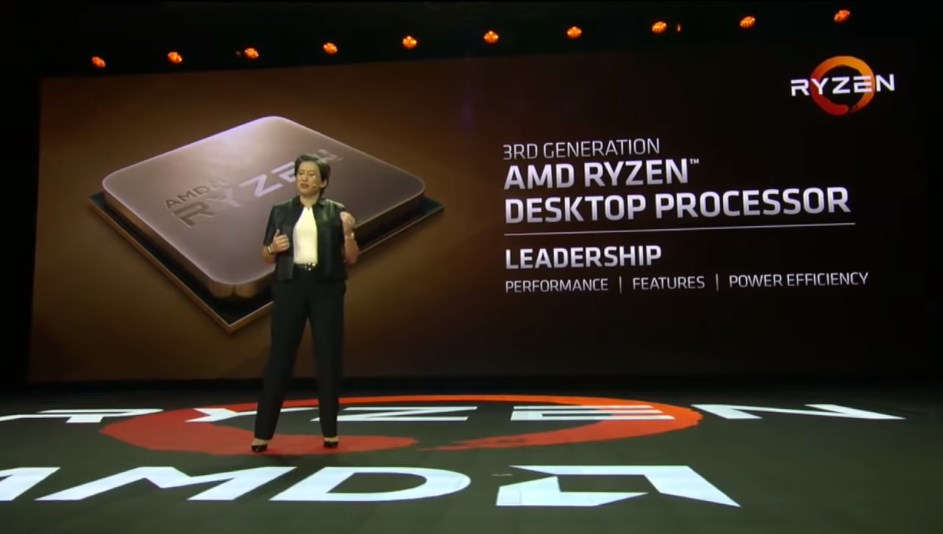According to points sifted from a recent announcement, the compatibility will enabled through an optional AGESA code that AMD will supply to motherboard vendors; in other words, you’ll need to manually install these codes as a BIOS update for the motherboards. Moreover, these optional BIOS updates will be a one-off, one-way “upgrade”, meaning that once you’ve flashed the motherboard, users will be unable to flash back to an older BIOS. Another thing to point out is that, while flashing B450 and X470 motherboards will enable compatibility with the new CPUs, you won’t have access to the PCIe 4.0 interface on the motherboards. For the simple reason that neither motherboards have said interface.
This isn’t the first time AMD has made both its CPUs and motherboards processor backwards compatible with later and more recent products. Back when its 2nd generation Ryzen desktop CPUs were released, it gave people the option to pair them with X370 and B350 motherboards, albeit through the same BIOS flashing procedure mentioned here. AMD’s decision to backtrack stems from an earlier statement it had made; it said that while its new Zen 3 CPUs will still use its current AM4 socket, it wouldn’t support motherboards beyond the current X570 and B550 chipsets. Supposedly, this decision sparked a tremendous amount of backlash in the PC community. Especially among DIY PC enthusiasts and casual builders. (Source: Tom’s Hardware)
